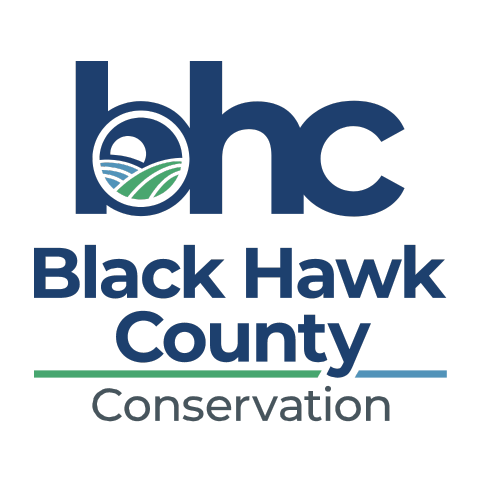|
Natural History
LIFE: Red-eared sliders have a greenish shell with yellow stripes in each scute. Mature turtles may have only one stripe, but young turtles have several. In addition to these stripes, there may also be dark blotches and lines. In red-eared sliders, there is no vertebral keel. The undersides of each marginal of these turtles is marked with a dark spot. The plastron is yellow with a large black spot on each scute. In addition, some of these spots are ringed with black borders. The skin of these turtles is green with bright yellow stripes. The most notable feature of red-eared sliders is the bright red bar behind the eye. By adulthood, these creatures are 5-11 ½ inches. Once red-eared sliders reach maturity, they will begin breeding in the later part of April. In general, red-eared sliders lay their eggs in late May or June. They nest further from their aquatic home than usual, which often leads to them being killed on their quest to find nesting ground. Nests are mainly in areas of loose sand or soil with high levels of sunshine. Approximately 8-15 eggs are laid at one time. HABITAT AND RANGE: Red-eared sliders are found naturally in southeastern Iowa because they follow the Mississippi river north in Iowa, generally located at the four large southeastern rivers connected to the Mississippi. However, they have expanded into other areas in Iowa due to the releasing of pet turtles. Besides large rivers, they can sometimes be found in nearby ponds and backwaters. DIET: Red-eared slider turtles have diets that change as they age, with the young being more carnivorous and the old more herbivorous. They have a fixed tongue, making it more difficult to swallow food on land, so they must obtain and eat their food in the water. Young turtles often feed on fish, aquatic insects, tadpoles, frogs, crayfish, and snails. As they age, they feed more commonly on carrion and aquatic vegetation. CONSERVATION STATUS: It is illegal to kill red-eared sliders in Iowa as it is a species of special concern. SOURCE: LeClere, J. (2020). Pond Slider (Trachemys scripta). Retrieved August 2, 2020, from http://www.herpnet.net/Iowa- Herpetology/reptiles/turtles/slider-trachemys-scripta/ |
Life History of Hartman Reserve’s
Red-eared Slider Hartman Reserve Nature Center’s red-eared slider, Boomer, was rehomed to us by Jesup Community Elementary school in May of 2017. This is due to the fact that Iowa no longer allows turtles in classrooms. We know the turtle is a male due to its concave plastron (underside of its shell). SCIENTIFIC NAME: TRACHEMYS SCRIPTA |
|
OUR MISSION
Hartman Reserve Nature Center is dedicated to understanding our environment through education, recreation and community involvement and to stewardship of a unique natural area. |
CONTACT INFO
Hartman Reserve Nature Center 657 Reserve Drive Cedar Falls, Iowa 50613 Phone: (319)-277-2187 Fax: (319) 277-4420 |
NATURE CENTER HOURS
Monday - Friday: 8 am - 4:30 pm Saturday: CLOSED Sunday: 1-5pm No cost to enter and enjoy the exhibits and library. TRAILS Open every day from sunrise to sunset. Free to use. OUTDOOR-ACCESSIBLE RESTROOM The restroom on the south side of the building is open every day from sunrise to sunset. |
